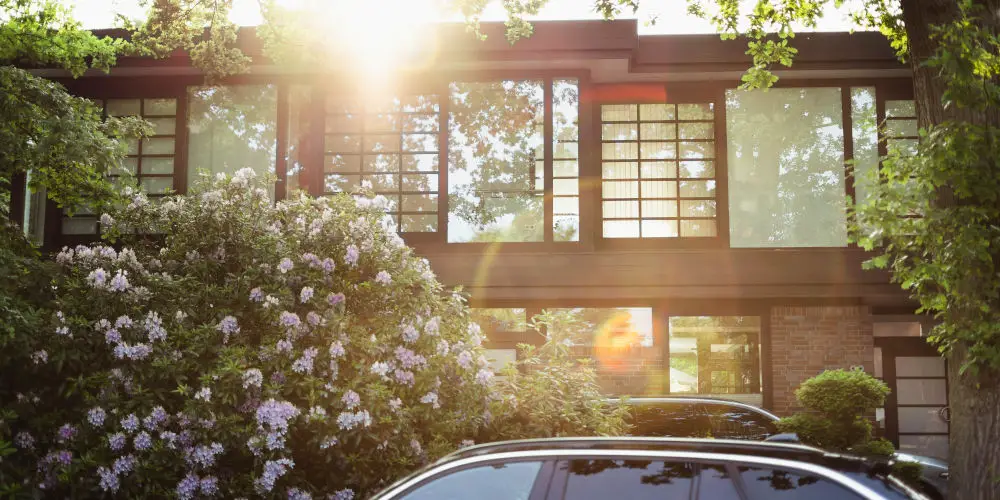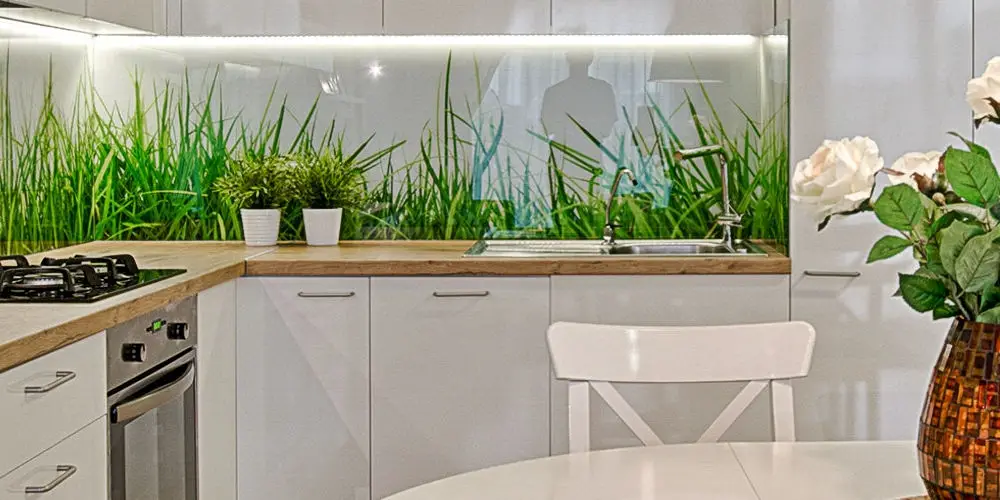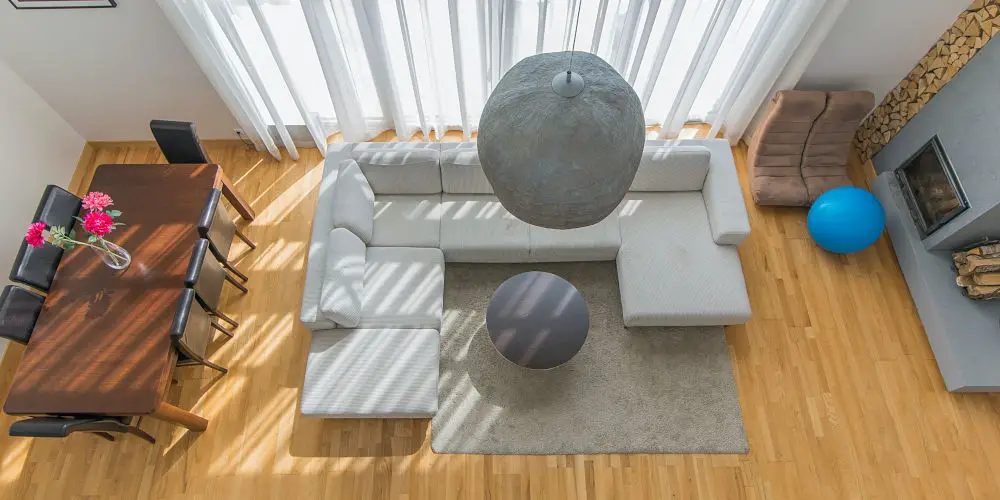Do smart homes use more electricity?

Do smart homes use more electricity? Or does having a house full of connected devices lower our energy costs and carbon footprint? Should we just turn out the lights and exist only by sunlight and candles?! Maybe not!
Many homeowners assume that building a smart home will allow them to live more sustainably. The big picture is far from clear as some smart home devices can save resources, but not all of them will. To gain a better understand, we need to consider the data, not our feelings.
Your always-on smart speaker and external security cameras, use more energy as they add to your electricity usage and aren’t replacing a similar device. That said, they aren’t using a significant amount of energy, so only add a marginal amount to your bills.
Devices such as smart thermostats and heating systems, and intelligent watering systems, help you create a greener home while saving cash at the same time.
So, do smart homes use more electricity, or will I see lighter energy bills?
Why don’t all smart devices save energy?
There are two issues to consider when evaluating smart devices and saving energy. First, are we adding a new device that could increase our energy demands? Second, do manufacturers claims add up in real-world conditions?
Will new devices increase your energy demand?
Imagine you’re just about to install your first home automation system. You design the system to control lights, blinds, power, heating and work with voice control.
Some of these elements will add to your energy usage, including the hub, motors used by the blinds and smart speakers. Others will decrease the amount you use such as the lighting control and smart heating system.
Without collecting the data before installing the system and after, it’s impossible to quantify. That said, there are three likely outcomes. You could save money, your bills might rise or they will stay the same.
Just because your using the latest technology, doesn’t mean you will save overall. Certain devices will likely use less energy, but this saving could be offset by new devices that add to your energy cost.
Do manufacturers claims add up in real-world conditions?
Understandably manufacturers will advertise the maximum energy saving possible. The Google Nest Learning Thermostat claims to save between 10% and 15% of your energy costs.
However, looking at research, the conclusion is the saving is between 1% and 15%. Some have seen their consumption go up despite the claims.
The reality is, we each use these devices differently. So, it isn’t a design flaw but is a user problem. Using a smart thermostat with an old boiler may cost more as the heating system is inefficient and no amount of technology will solve the underlying problems.
The same is true for single-pane windows. Until you change your windows, the technology is unlikely to change your situation.
Some users, install connected devices and leave them set up using the default settings. So, it’s no wonder they feel dishearten when the next bill shows up as there’s no or little change in the final figure.
It’s important to configure every device and experiment with the settings to ensure you getting the maximum energy savings. Firmware updates are also an element of this. It’s worth checking for updates each month to ensure your devices use the latest software and settings.

Connected devices are only part superhero!
Reducing your electricity and energy costs involves more than substituting a few smart devices for older technology. If your home is energy inefficient, you’ll need to sort those issues first before you can try to reduce your bills using technology.
So before playing with connected devices, update your old heating system and upgrade your single-pane windows. After upgrading either or both, your smart heating system with multiple zones will be far more efficient and should save you cash.
If you build a new home using sustainable principles, it offers a greater chance of being energy efficient. Adding smart devices to such a property are likely to reduce the overall cost as you’ve created the ideal starting point.
Don’t forget to measure your usage
You can’t fully answer: do smart homes use more electricity? if you don’t know what you’re currently using. It’s worth before changing anything, that you measure your electric usage and set a few benchmarks.
You could measure how much electricity you’re using by collecting data using an Emporia Smart Home Energy Monitor, which clamps to your mains power input.
Another way is to use Nevsetpo Power Meter, which connects between a device and power socket. It measures the usages of the device connected. So you can analyse if one particular appliance or device is using a lot of electricity.
If you already have a smart home system installed, it should allow you to measure your usage directly in the dashboard.
After collecting data, you can start to use it to empower (no pun intended) your decisions. You can measure all changes against your previous performance. Let the data, not feelings lead you.

Using joined-up thinking
An issue with DIY smart home systems is the user can pick features a la carte without fully understanding how each decision impacts the wider system.
For example, you could use a Nest Thermostat, Yale smart door lock, Somfy blinds and Philips Hue bulbs. All of these are superb options. However, there isn’t a shared underlying protocol such as Z-Wave or Zigbee that enables them to work together.
You could save electricity by using a Z-Wave system to control these elements. The system could be programmed to react to changes in temperature or light levels. If the lounge becomes too sunny, the system stops heating that room, lowers the blinds part way and turns off any lights.
If this sounds complex or futuristic, you might be surprised to learn the majority of home automation systems can be programmed to handle these complex requests as the logic behind them is fairly straightforward.
Of course, if you install a Control4 or Crestron system, your dealer will optimise the system so all the elements work seamlessly together and it doesn’t waste electricity.
Can solar panels help control power consumption?
One way to reduce your electricity bills is to install solar panels. Not only can you generate energy from the sun, but you can also sell any excess to energy suppliers via the Smart Export Scheme. Before you install solar panels, calculate if you can make a return on your investment.
Basic upgrades that reduce electricity usage
If you’re just starting to create a DIY smart home, you can easily cut down the amount of electricity you use by up to 20% with a few simple ideas and maybe more, if you replace some appliances with the latest smart appliances.
Consider using smart plugs, especially on devices that are always on but don’t need to be. Your TV doesn’t need to live on standby for 20 hours a day, nor does the microwave. By using smart plugs with these devices, you can cut your energy usage substantially.
Think about changing every bulb for LED bulbs and using smart light switches where it makes sense. LED bulbs will reduce the amount of electricity you use, while smart switches make it easier to turn lights on and off. Useful if your kids are always leaving their bedroom light on.
If you haven’t upgraded your appliances in a few years, consider investing in smart appliances that are highly energy efficient. Do your research to ensure you buy appliances that use less energy and offer a better range of features. And where possible, run them on smart plugs.

So, do smart homes use more electricity?
It’s hard to state if smart homes use more electricity or not as it depends on a myriad of factors. Before you try to use technology as a plaster on a large issue, consider fixing the underlying problem.
Over time, as more developers and home builders incorporate smart home technology into their designs, the benefits and opportunity to reduce bills will become clearer to the consumer.
It’s likely within a few years that home buyers demand sustainably built homes that use the latest connected technology. Such homes will benefit the homeowner and the environment.
It’s still worth installing smart devices as long as you research before making any purchases. With the right devices, you might be surprised at how much money you save on an annual basis!




